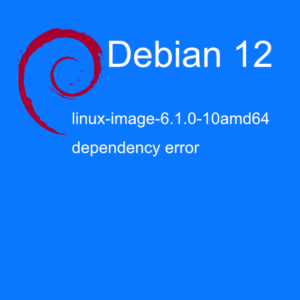Linux live log files
To watch Linux live log files can help you a lot while debugging or fault finding your system. I personally use this technique to watch the access log files. With public servers on the internet there will be attacks against your servers. Everything from random brute force attacks, to specific attacks against your user accounts and applications.
Anyway, to watch linux live log files we use a command called tail. Tail simply just output the last part of a file. If you try tail /var/log/apache2/access.log, your output will be something like this:
root@web:~# tail /var/log/apache2/access.log
184.91.251.157 – – [04/Jun/2016:17:54:33 +0200] “-” 408 0 “-” “-“
180.47.2.10 – – [04/Jun/2016:17:54:54 +0200] “-” 408 0 “-” “-“
41.47.255.110 – – [04/Jun/2016:19:26:19 +0200] “-” 408 0 “-” “-“
188.191.165.78 – – [04/Jun/2016:21:26:18 +0200] “-” 408 0 “-” “-“
186.119.84.137 – – [04/Jun/2016:23:15:55 +0200] “-” 408 0 “-” “-“
5.139.232.70 – – [04/Jun/2016:23:16:12 +0200] “-” 408 0 “-” “-“
99.95.169.97 – – [04/Jun/2016:23:21:38 +0200] “-” 408 0 “-” “-“
81.141.159.210 – – [04/Jun/2016:23:21:39 +0200] “i!/\xb0t\xa7\b@\x1f\xddE\xa9” 501 298 “-” “-“
88.243.202.238 – – [04/Jun/2016:23:26:17 +0200] “-” 408 0 “-” “-“
73.53.219.166 – – [05/Jun/2016:00:13:52 +0200] “-” 408 0 “-” “-“
This will just print the last 10 entries to access.log and quit the tail command. If you only need the last line of the log file, you can use the -n option with the tail command. If you type tail -n 1 /var/log/apache2/access.log, the output will be something like this:
73.53.219.166 – – [05/Jun/2016:00:13:52 +0200] “-” 408 0 “-” “-“
Like before the tail command will display the log information, and then quit.
The most useful option if we want to keep an eye of the log files live, is the option -f. -f means follow.
If you type in tail -f /var/log/apache2/access.log, it will display the last 10 lines of the log file. Then it will stay open, and not quit like before and display new log file entries as they are appended into the log file. In the above example that means every time a user is visiting your web server they tail command will output the log file entries live.
That is how you can watch Linux live log files.
You can read more about the tail command here http://www.computerhope.com/unix/utail.htm
Happy logging!





